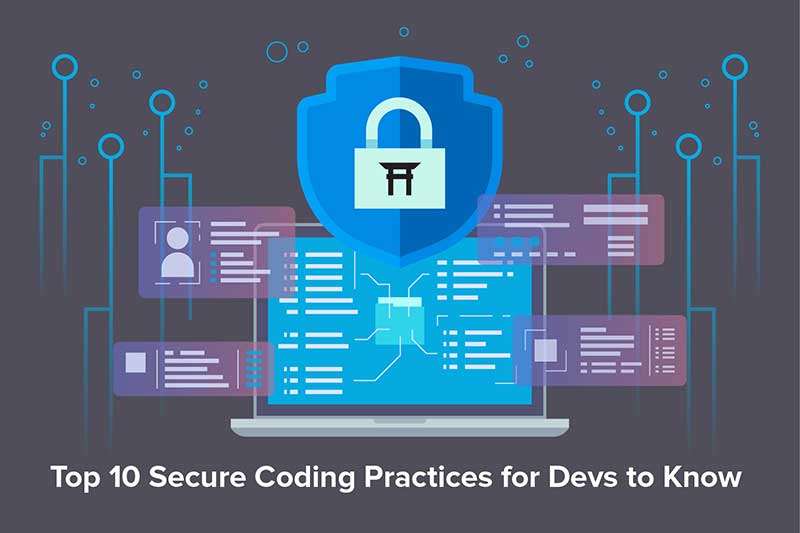Worrisome Security Flaws in Top Coding Platform: What You Need to Know

📝 Summary
A leading coding platform reveals troubling security gaps; here's everything we know and why it matters now.
Worrisome Security Flaws in Top Coding Platform: What You Need to Know
Hey there, friend! I hope you’re doing well. Today, I wanted to chat about something that's been swirling around in tech circles—a coding platform we all know and love is facing some serious security issues. Yes, you heard that right. It’s essential to dive into the details, not just for those working in tech but for anyone who values online safety. Let’s go through what’s happening.
What’s the Scoop?
Recently, security researchers discovered significant vulnerabilities in one of the most popular coding platforms that many developers rely on daily. This platform—widely used for hosting code repositories, managing projects, and collaborating with teams—has become a pivotal piece of many workflows. But now, there are growing concerns about how secure it really is.
In a world where we rely on digital tools more than ever, the implications of these flaws are worth unpacking. The security issues mean that user data could potentially be at risk, leading to unauthorized access and data breaches.
Why Should We Care?
You might be wondering why this is such a big deal. Here are a few key reasons:
- Data Vulnerability: With coding platforms, sensitive project files, and personal information are often stored. A breach can expose this information to malicious actors.
- Loss of Trust: Platforms like this generate immense trust. Users expect their data to be secure. Any compromise can unsettle the developer community and lead to a decline in user base.
- Ripple Effect: For companies that rely on these platforms, a security breach can lead to greater financial damage and loss of credibility in their markets.
The Details Behind the Flaws
So, what exactly do we know about these security flaws? The issues seem rooted in outdated protocols and inadequate encryption methods. Here’s a breakdown:
- Insecure Data Transmission: One primary flaw involves the transmission of sensitive data across unsecured networks.
- Weak Authentication: Some users have reported that the authentication methods aren’t as robust as they should be, making it easier for attackers to gain access.
- Insufficient Bug Reporting Procedures: The very process through which users report bugs has reportedly failed to prioritize urgent security issues, delaying fixes and patches.
You can read more about these vulnerabilities in the official security disclosure released by the researchers. It’s worth noting that while the platform is actively working on fixes, the time it takes to implement these solutions plays a crucial role in user safety.
A Personal Perspective
Learning about these security issues made me reflect on my own experiences with coding platforms. Like many others, I’ve relied on these services for personal and professional projects. Knowing that my code—often containing valuable ideas and solutions—is at risk is unsettling.
As someone who values digital security, it’s incredibly important to consider how platforms protect our data. Nothing spoils a great coding day like the fear of having your content compromised!
What Can You Do?
While the developers behind this platform work on resolutions, there are proactive steps you can take to secure your own projects:
- Regular Backups: Always keep local copies of your projects. This step is a good precaution against any potential data insecurity on the platform itself.
- Avoid Sensitive Data: If possible, avoid storing sensitive information directly on the platform until security is improved. Use encrypted external storage solutions instead.
- Join the Dialogue: Engage with fellow developers. Online forums and community spaces can be places to share insights on security best practices related to specific platforms.
- Stay Updated: Follow the platform's blog or security updates to stay informed about the progress they’re making on these issues.
Moving Forward
Security isn’t just a technical issue; it’s fundamentally about trust and peace of mind. As users, we need to ensure that the platforms we use are doing everything they can to protect our data. Fortunately, many developers and companies are actively working to make security a priority. You can find a list of recommended secure coding practices from industry leaders in this guide here.
Future of Coding Platforms
What does this mean for the future of coding platforms? There’s no doubt that tech-loving folks like us will demand better security protocols. As we advance, we will see:
- Stricter Security Regulations: Expect more stringent demands on platforms to follow secure coding practices and comply with global standards.
- Open-source Solutions Rising: Community-driven projects may also gain traction, allowing developers to create more transparent and secure environments.
- User Awareness: The community as a whole may push for heightened awareness and transparency from tech companies in reporting security vulnerabilities.
Conclusion
To wrap things up, yes, it’s concerning to learn that a beloved coding platform has serious security flaws. It’s vital to stay informed and proactive about online safety—both for ourselves and our projects. Although vulnerabilities exist, we can still take steps to protect ourselves and our work.
Let’s keep the conversation going in the developer community. Together, we can advocate for platforms that prioritize user security. Stay safe out there with your coding projects!

For more information on making coding safer and to catch up on other related topics, check out Wikipedia's page on Cybersecurity. Until next time, keep coding, stay secure, and don’t hesitate to share your thoughts and experiences with security issues in the comments!
